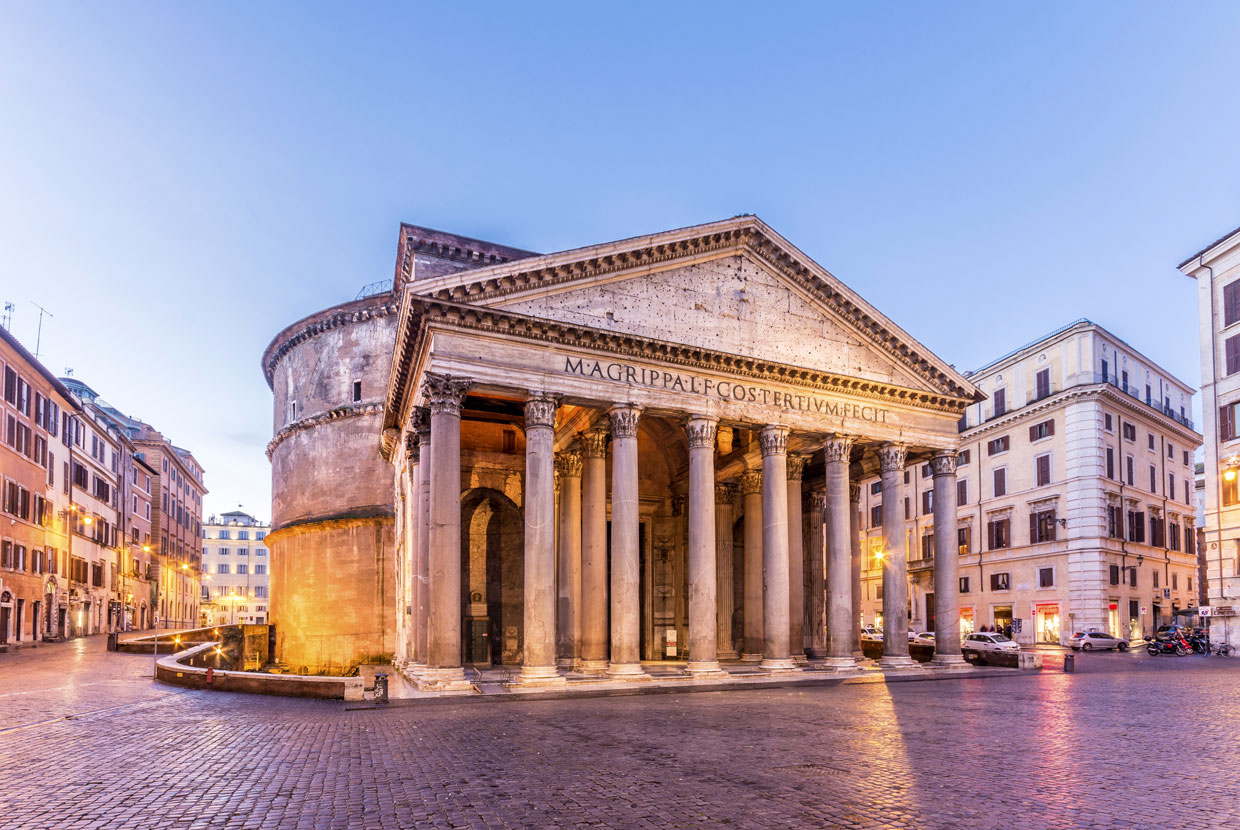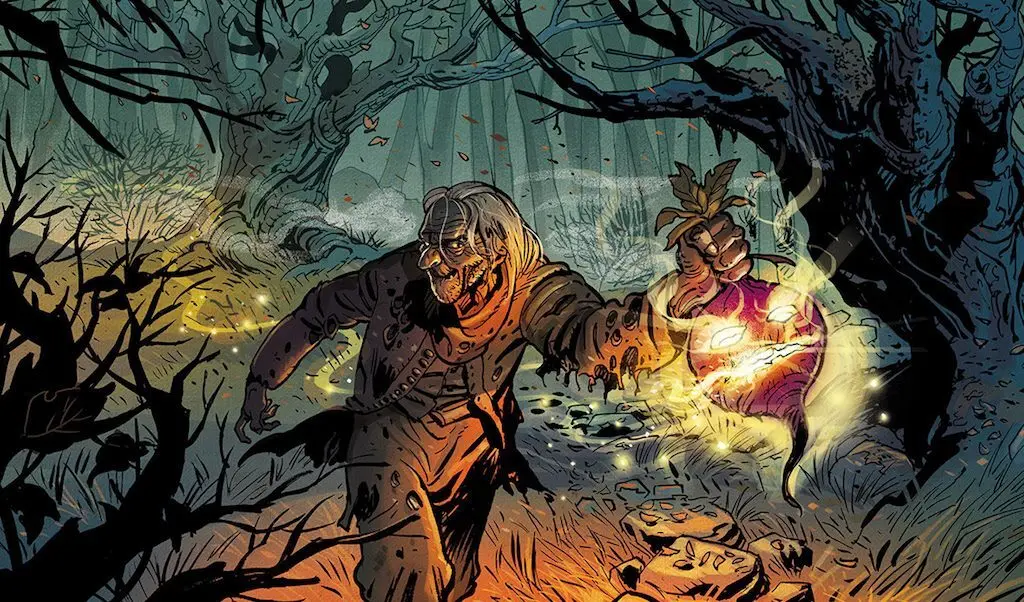The Catholic Origins of Halloween
Hallowed Eve
Beyond Ghosts and Ghouls
Many people believe Halloween's roots are in pagan rituals, but its true history is deeply Catholic. The holiday is not about ancient Celtic festivals. Instead, it is the beginning of a three-day Catholic observance called Allhallowtide, a time to honour the saints and pray for the departed. The very name "Halloween" is Christian. It is a Scottish shortening of "All Hallows' Eve," the evening before the Feast of All Saints. This page explores the rich, faith-filled traditions that shaped the holiday we know today.
A Family United in Christ: The Communion of Saints
To understand Halloween's Catholic meaning, we must first understand the Communion of Saints. This core belief teaches that all members of the Church, past, present, and future, are connected in one spiritual family. This family exists in three states, all of which are remembered during Allhallowtide.
The Church Triumphant
These are the saints in Heaven. On November 1st, the Feast of All Saints, we honour every saint, both known and unknown, who now lives in the glory of God.
The Church Penitent
These are the souls in Purgatory, being purified before entering Heaven. On November 2nd, All Souls' Day, we pray for them, trusting our prayers help them on their journey.
The Church Militant
This is us, the faithful on Earth. During Allhallowtide, we honour the saints in Heaven and actively help the souls in Purgatory with our prayers and sacrifices.
The Making of a Holy Day

From Many Martyrs to One Feast
The Feast of All Saints grew from the Church's earliest traditions. In the beginning, Christians honoured martyrs individually on the anniversary of their death, their "heavenly birthday." But during periods of intense persecution under Roman emperors like Diocletian, so many Christians were martyred that it became impossible to give each one their own feast day.
To ensure all saints were honoured, the Church created a common feast day, which we now call All Saints Day. Around 609 AD, Pope Boniface IV rededicated the Pantheon in Rome, a temple for "all the gods," to the Virgin Mary and all martyrs. Later, in the 8th century, Pope Gregory III moved the feast in Rome to November 1st. Finally, in the 9th century, Pope Gregory IV extended the November 1st celebration to the entire Church, creating the universal holy day we have today.
The Eve of a Great Feast
In Catholic tradition, the most important celebrations (called Solemnities) begin the evening before. We see this with Christmas Eve and the Easter Vigil. This day of preparation and anticipation is called a "vigil." Because the Feast of All Saints on November 1st is a Solemnity, the Church historically celebrated its vigil on the evening of October 31st.
This is how the night got its name. In older English, saints were called "hallows." The vigil of the Feast of All Hallows was therefore called "All Hallows' Eve," which over time was shortened to "Halloween." While liturgical changes by Pope Pius XII in 1955 reduced the number of official overnight vigils in the Church, the popular name and cultural traditions for October 31st remained firmly in place.
What About Pagan Origins?
A popular theory claims Halloween is a "Christianized" version of an ancient Celtic festival called Samhain. This story suggests the Church deliberately placed All Saints' Day on November 1st to absorb this pagan holiday. However, many historians see this as a myth.
The decision to move the feast to November 1st was made in Rome, far away from any Celtic influence. The evidence for Samhain being a major, universal "festival of the dead" is also very thin. The connection seems to be more of a coincidence in timing. Over centuries, local folk customs related to the harvest and winter naturally blended with the Church's major celebration, but the feast's origin and meaning are thoroughly Christian.
From Pious Practice to Popular Custom
Trick-or-Treating Comes from "Souling"
The origin of trick-or-treating is a medieval Catholic custom called "souling." On All Souls' Day, poor people and children would go door to door, offering to pray for the souls of a family's deceased relatives. In return, they would receive "soul cakes," small spiced cakes baked for the occasion. This was a beautiful spiritual exchange. It allowed the community to participate in praying for the dead, a true act of Christian charity. The modern custom keeps the form of going door to door, but has lost its original, prayerful purpose.


Costumes as a Reminder of Mortality
Wearing costumes also has Christian roots. In medieval times, artwork often featured the "Danse Macabre," or Dance of Death. These images showed skeletons dancing with people from all walks of life, from popes to peasants. This was a visual reminder that death comes for everyone, a concept known as "memento mori" (remember your death). Dressing up in ghoulish costumes was a folk tradition that echoed this powerful spiritual reminder. It was meant to encourage people to live holy lives, not to simply celebrate horror for entertainment.
The Jack-O'-Lantern and "Stingy Jack"
The jack-o'-lantern comes from an Irish Christian fictional folktale about a man named "Stingy Jack." Jack was a sinner who tricked the Devil multiple times. When he died, he was not allowed into Heaven because of his sins, but the Devil had promised not to take his soul, so he was barred from Hell as well. Condemned to wander the earth in darkness, the Devil tossed him a burning coal. Jack placed it inside a hollowed-out turnip to light his way. People in Ireland began carving scary faces into turnips to ward off Jack's wandering spirit. When Irish immigrants came to America, they found pumpkins were easier to carve, and the modern jack-o'-lantern was born.

Reclaiming a Catholic Holiday
Over time, especially after the Protestant Reformation rejected the doctrine of Purgatory, these traditions lost their Catholic meaning. They became hollow folk customs that were later commercialized. But understanding their origins gives us a chance to reclaim Halloween's true spirit.
A Catholic celebration of Halloween is not about fear, but about faith. It is a joyful anticipation of the Feast of All Saints. It is a powerful reminder of the Communion of Saints and our hope in the Resurrection. By focusing on prayer, honouring the saints, and remembering the dead, we can witness to the profound Christian answers to the great questions of life and death.

Visiting a cemetery to pray for the dead is a traditional and powerful practice during Allhallowtide.
